Introduced in the late 1950s, the Douglas DC-8 was a marvel of its time, revolutionizing long-haul air travel and setting the stage for modern jetliners.
Today, while most of its contemporaries have long been retired, five DC-8s still grace the skies, a testament to this legendary aircraft’s enduring quality and engineering prowess.
Origins and Development
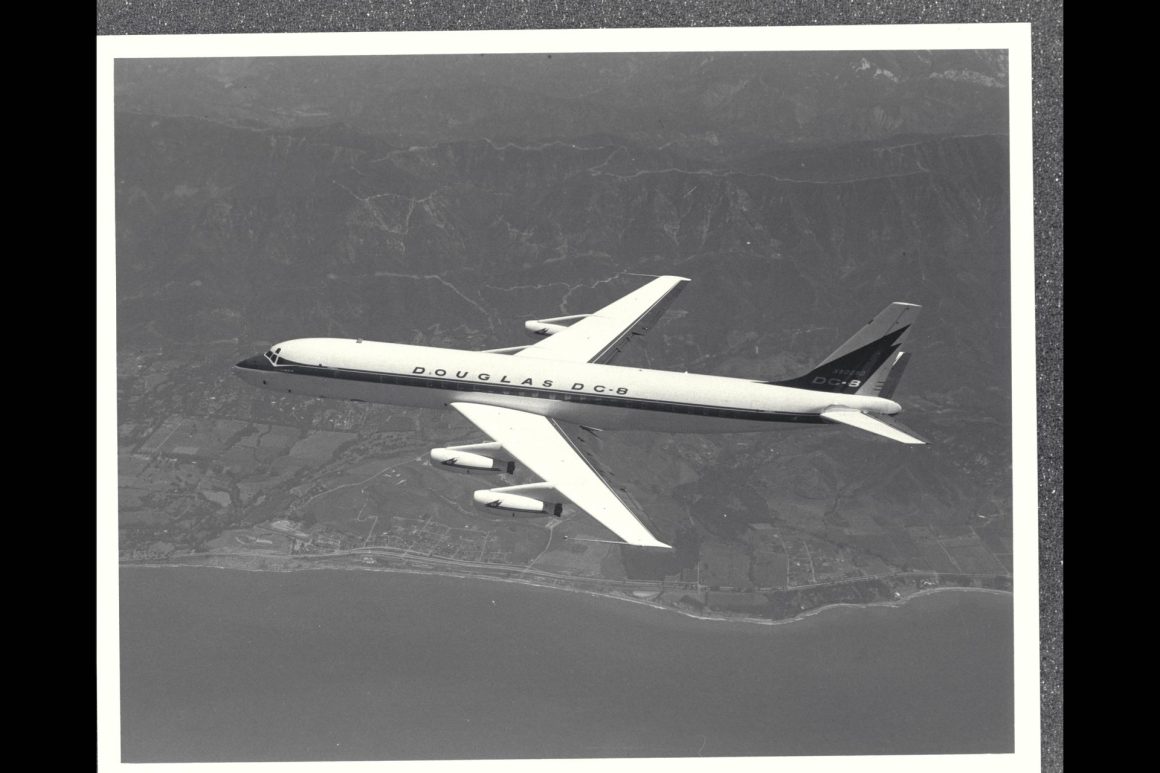
The Douglas DC-8 was born in an era of fierce competition among aviation giants. Conceived by the Douglas Aircraft Company, the DC-8 was envisioned as a response to Boeing’s new quadjet, the Boeing 707. Douglas aimed to create an aircraft that could rival the 707 in both performance and passenger capacity.
The DC-8 first flew on 30 May 1958. It featured a sleek, low-wing design with four powerful Pratt & Whitney JTC3-6 turbojets mounted underneath.
A DC-8 typically carried 180-220 passengers; however, some versions could seat up to 259 passengers in a high-density configuration.
The Enduring Legacy of the DC-8

Following FAA certification in August 1959, launch customers Delta Air Lines and United Airlines began scheduled DC-8 service in September of that year.
Throughout the 1960s, the DC-8 quickly became a symbol of the “Jet Age,” serving as the backbone of many major airlines’ fleets. It crisscrossed continents, connecting people and cultures like never before.
The DC-8 underwent several upgrades and variants, including the stretched DC-8 Series 50 and the advanced Super 70 series, which featured more powerful engines and increased range.
By the time production wrapped up at McDonnell Douglas’ (Douglas became McDonnell Douglas in 1967) Long Beach facility in 1972, a total of 556 DC-8s had rolled off the line.
While newer aircraft models eventually surpassed the DC-8 regarding technology and efficiency, its legacy endures. The DC-8 played a pivotal role in demonstrating the viability and profitability of long-haul commercial flights. It paved the way for the modern wide-body jets that dominate the skies today.
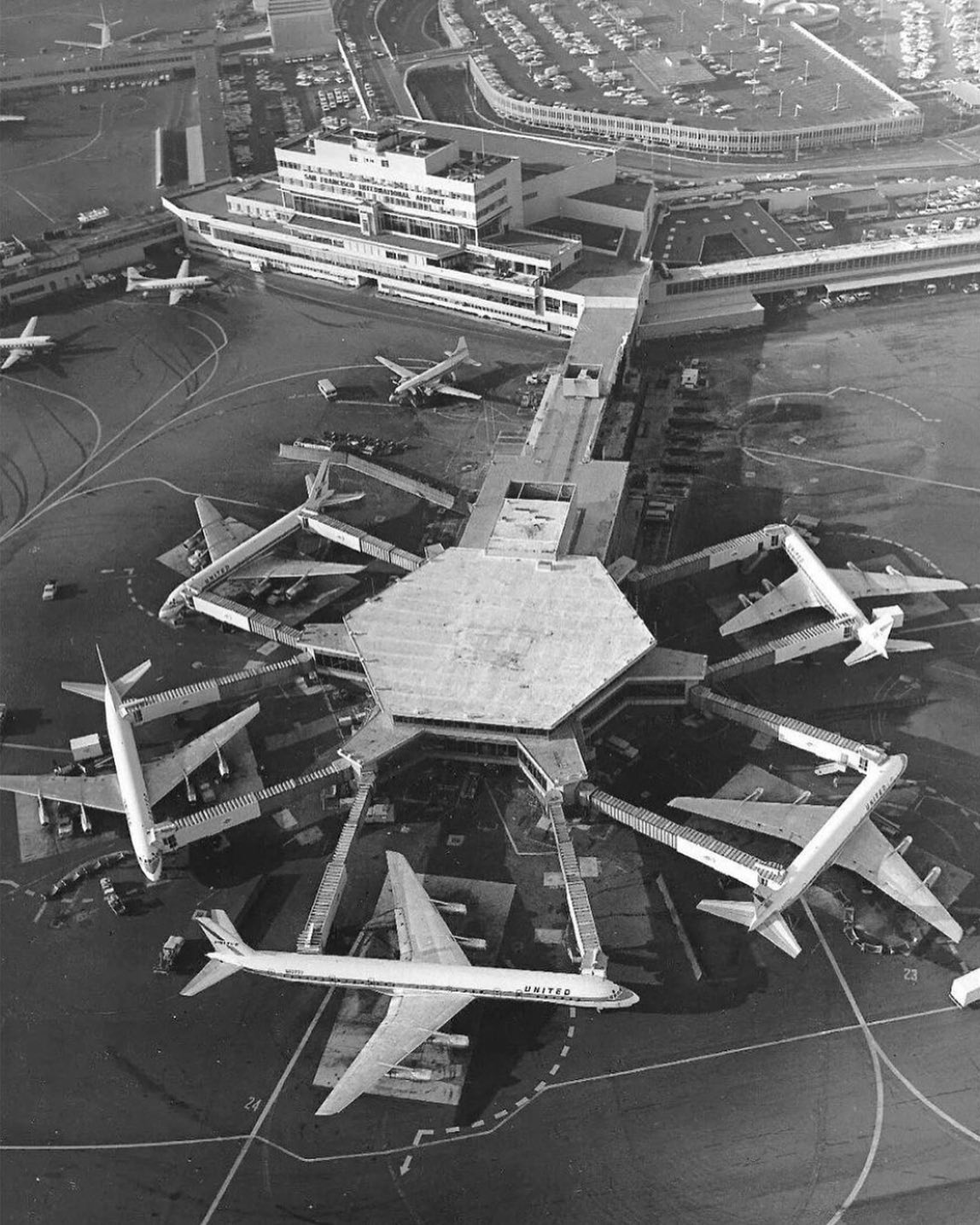
Despite the passage of time, five DC-8s have managed to defy obsolescence, continuing to serve various roles around the globe.
1-3. Trans Air Cargo Service (TACS)
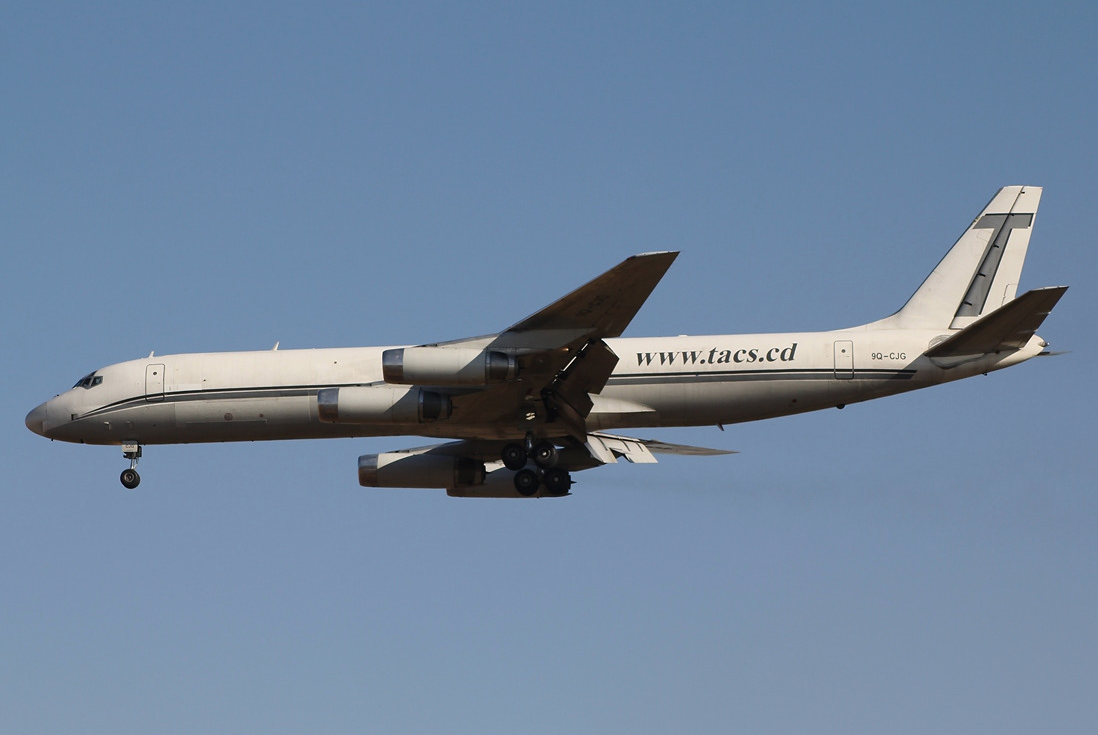
9Q-CJL | MSN: 45909 | Line Number: 307 | Series 60/70
Built for: Alitalia
Delivery Date: October 1967
9S-AJG | MSN: 46110 | Line Number: 487 | Series 60/70
Built for: United Airlines
Delivery Date: September 1969
9S-AJO | MSN: 46133 | Line Number: 534 | Series 60/70
Built for: Airlift International (However, it was not delivered and instead went to World Airways)
Delivery Date: March 1971
Trans Air Cargo Service is a cargo airline based at Kinshasa Ndjili International Airport (FIH) in the Democratic Republic of Congo.
TACS currently has three DC-8 aircraft in service, according to Planespotters.net and the company website. However, it is unclear whether these aircraft are actually still flying – despite being listed as active with the airline. Flight tracking websites do not show any recent movements of the three DC-8s still active with TACS.
4. National Aeronautics and Space Administration (NASA)
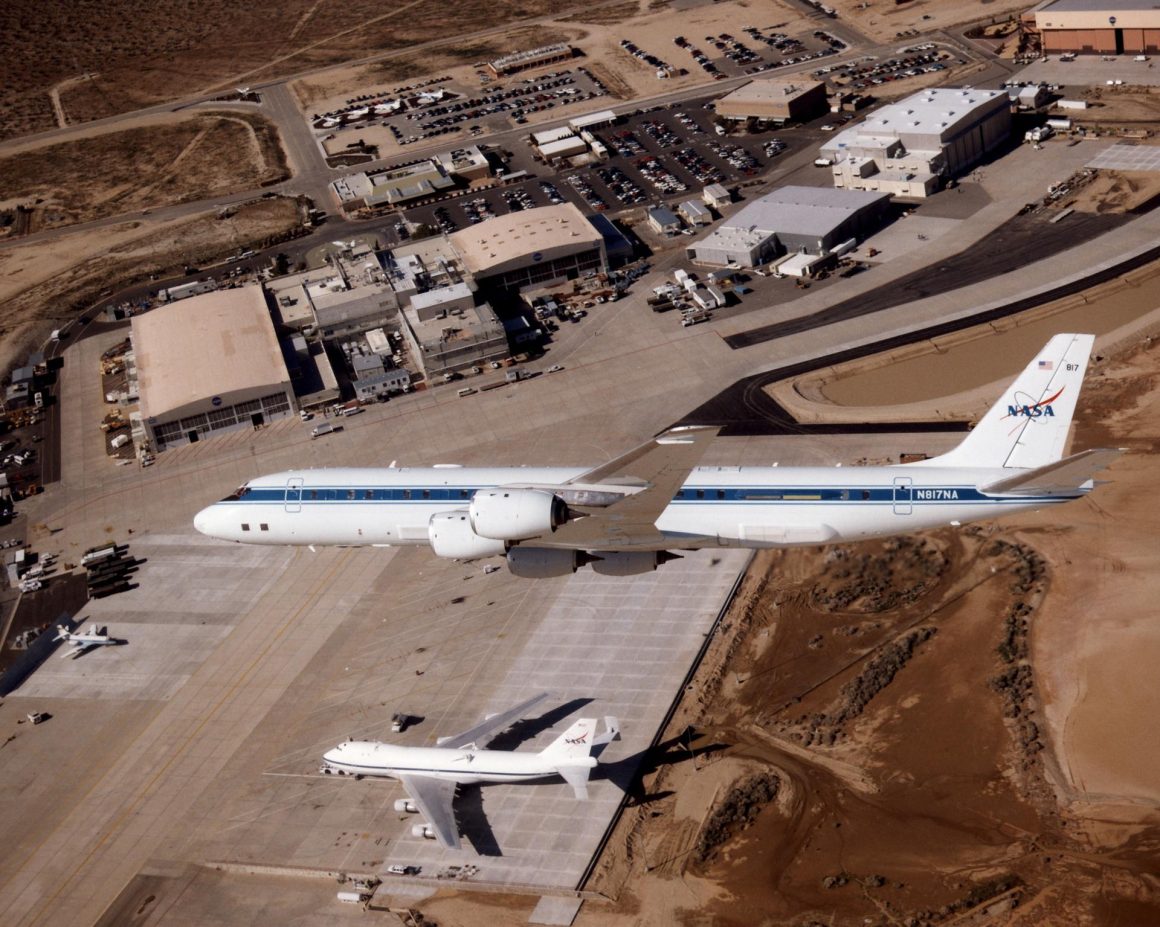
N817NA | MSN: 46082 | Line Number: 458 | Series 60/70
Built for: Alitalia
Delivery Date: May 1969
Originally a DC-8-62, NASA’s Super 71 has undergone extensive modifications, making it one of the most advanced flying laboratories in the world. Equipped with cutting-edge technology, it conducts crucial scientific research on climate, atmospheric composition, and Earth’s environment.
The aircraft is based at NASA’s Neil A. Armstrong Flight Research Center, located at the Palmdale Regional Airport (PMD) in Palmdale, California.
According to NASA, the DC-8 boasts a 5,400 nautical mile range and can remain airborne for 12 hours, cruising at altitudes ranging from 1,000 to 42,000 feet. Additionally, it can transport 30,000 pounds of scientific instruments and equipment, accommodating up to 45 researchers and flight crew members.
Sadly, NASA will soon retire its DC-8, replacing it with a 21-year-old ex-Japan Airlines Boeing 777-200ER, which is currently undergoing extensive modification at Langley AFB in Virginia.
5. Samaritan’s Purse

N782SP | MSN: 46013 | Line Number: 427 | Series 60/70
Built for: Finnair
Delivery Date: January 1969
Boone, NC-based Samaritan’s Purse is a Christian international relief organization committed to providing emergency aid and long-term assistance to communities affected by natural disasters, war, and poverty. Established in 1970, the organization has been at the forefront of disaster relief, operating in over 100 countries and territories around the globe.
One of the ways the organization provides relief is through a global fleet of 24 aircraft, including its flagship DC-8 combi aircraft.
Based at the Greensboro Airlift Response Center at the Piedmont Triad International Airport (GSO) in Greensboro, North Carolina, this aircraft has a range of 7,000 miles and can carry 84,000 lbs of cargo and up to 32 passengers.
First deployed in April 2016, the DC-8 has carried nearly eight million pounds of cargo on 184 missions to locations such as Haiti, Alaska, Mexico, Jamaica, Togo, Colombia, Honduras, Tanzania, Ukraine, Hawaii, and Armenia.
In 2022, Samaritan’s Purse flew 40 missions with its DC-8 to Ukraine to transport more than 760 tons of cargo, including hospital supplies, food, medicine, doctors, water filtration systems, and blankets.
Out of the five DC-8s that remain airworthy around the world today, it would not be surprising if the Samaritan’s Purse DC-8 is the last one flying, as there are no plans to retire it anytime soon.
The DC-8: A Timeless Icon of Aviation History
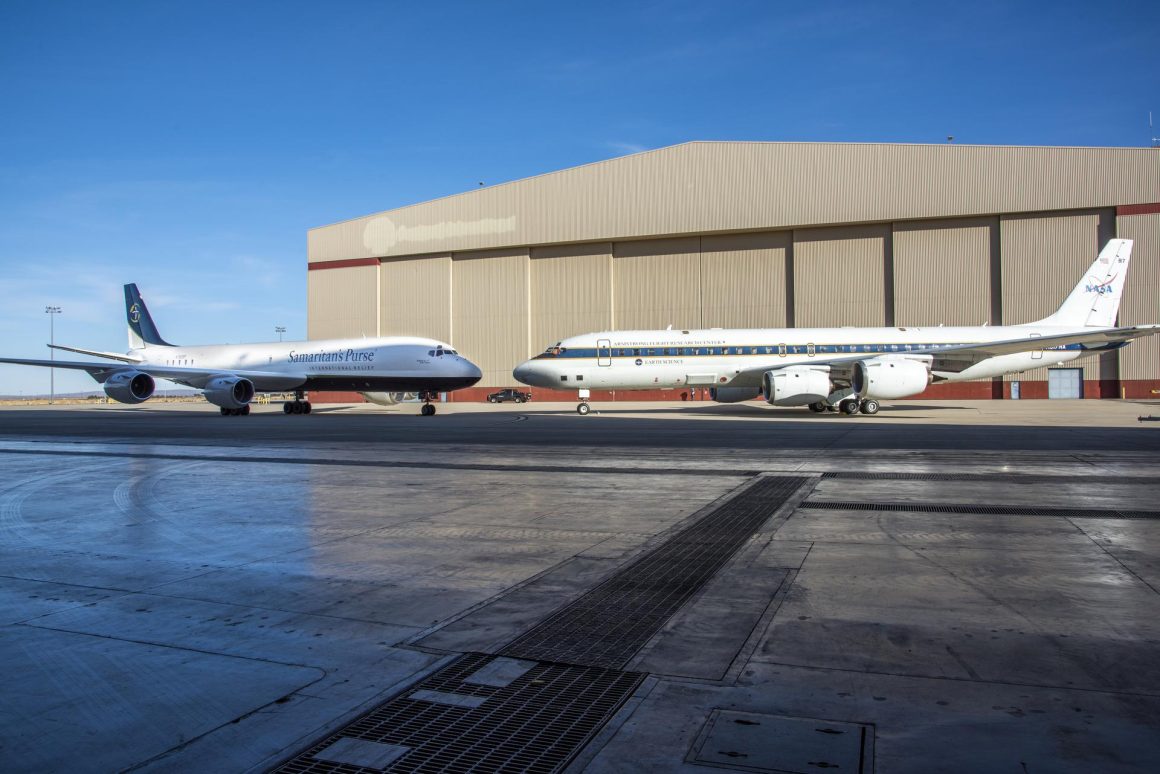
The Douglas DC-8’s enduring legacy is a testament to its creators’ ingenuity and engineering excellence. From its early days as a pioneering jet airliner to its continued service in various specialized roles, the DC-8 has proven to be a timeless icon of aviation history.
As these five remarkable DC-8s continue to soar, they serve as a living tribute to the golden age of commercial aviation and a testament to the enduring quality of this legendary aircraft.

